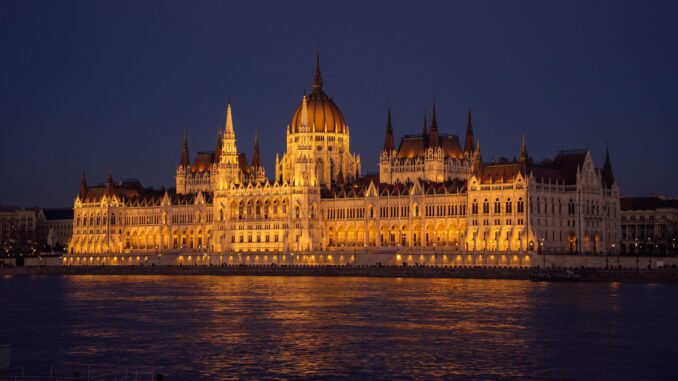
Thanks to a winning combination of affordability, culture, favourable weather and historical appeal, the Hungarian capital, Budapest, is fast becoming a favourite among British tourists.
If you’re planning a Budapest city break, then several key attractions might strike you as worthwhile. Let’s run through six of the best.
Buda Castle: The Royal Heart of Hungary
The crown jewel of Budapest sits on a hill, overlooking the rest of the city. Buda Castle was a residence for Hungarian kings from when it was first established in 1265. It’s a sprawling complex, complete with an iconic turquoise dome, which is home to key museums like the Hungarian National Gallery, as well as the Palatinal Crypt.
Fisherman’s Bastion
You don’t have to travel far to find another of Budapest’s architectural marvels. Just a short walk from the castle is the Fisherman’s Bastion complex. With its conical spires and winding staircases, it resembles something from a fairytale.
Hungarian Parliament Building
The Hungarian parliament sits on the banks of the Danube. It’s another architectural marvel, with an assortment of Neo-Gothic spires jutting upward alongside a central dome. This building holds the distinction of being the country’s largest, and you can find the Crown Jewels on display inside.
Dohány Street Synagogue
This synagogue is the largest in Europe. Constructed in a Moorish style in the 19th century, it’s not only an impressive building, but a site of remembrance. While you’re visiting, you’ll want to make time for the Jewish Museum and Raoul Wallenberg Holocaust Memorial Park, which sit just beside the synagogue itself. If you’re looking to take a quiet, thoughtful moment to reflect, there are few better places to do it.
St. Stephen’s Basilica
The first king of Hungary, Stephen, was canonised around a century after his death, in the late 11thcentury. This amazing catholic cathedral is another architectural triumph for the city, as well as being a place of historic importance for Hungarians and Catholics. It’s the largest church in the city, and the third largest in Hungary. The preserved right hand of the saint himself is still preserved in the building’s reliquary.
Rudas Baths
When the Ottoman Empire controlled the city in the 16th century, they constructed the Rudas Baths. These are among the oldest of their kind in Budapest, and they are among the best examples of the architectural influence of the Ottomans on the city. You can still see the Turkish-style dome, and bathe in the same thermal pools. You can even enjoy a full meal while looking out over the Danube. As such, a visit here is about more than history – it’s a luxury experience that’s perfect for those looking to unwind.
